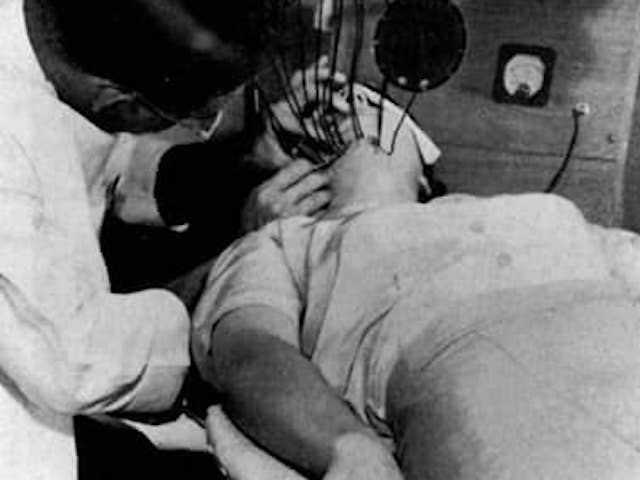Why the confusion about the permanence of laser?
Electrologists provided the first and only permanent relief from disfiguring hair for over 110 years. Then in the 1980’s a new method emerged that would be a real game changer in this field. Sufferers of hirsutism greatly needed a faster, easier solution. It appeared that dark hairs could be targeted without an invasive and time consuming treatment. Photo energy beamed into the skin, could simultaneously and instantaneously target multiple hairs.
Electrologists argued that laser was ineffective, dangerous and way too expensive, (which was true for a time until the bugs were worked out) and feared that doctors would now control an industry that had been managed by technicians.
Electrolysis had been approved by the FDA as a “permanent hair removal” process whereas laser was designated as a “permanent hair reduction” procedure. Electrologists seized on this slight difference, claiming that permanent hair ‘reduction’ meant it was less permanent. The largest Electrolysis association in North America states: “Electrolysis is the only method approved by the FDA for permanent removal of unwanted hair”. While this wording is correct, it is misleading.
Laser permanently “reduces” hair growth because it depends on dark pigment (chromophore) in the follicle to target the hair, therefore the lighter hair will not respond. On legs, underarms and bikini, laser can permanently eliminate all of the hairs if they are dark. Electrolysis on these areas can be so arduous as to be prohibitive.
Facial hair is much denser than body areas, most of it fine and unnecessary to remove. Since laser can only treat the heavy, dark growth, this then is a “reduction” of the total hair.
In theory, electrolysis can treat ‘all’ hair, but because it involves manually inserting a probe into each follicle, in reality it too is “permanent hair reduction“ because of the sheer numbers of fine hairs on the face.
There really are 2 categories of permanent hair removal…”non-chromophore dependent” (electrolysis) and “chromophore dependent.”(laser). This distinction is what really matters, and can help to put an end to controversy and confusion.




